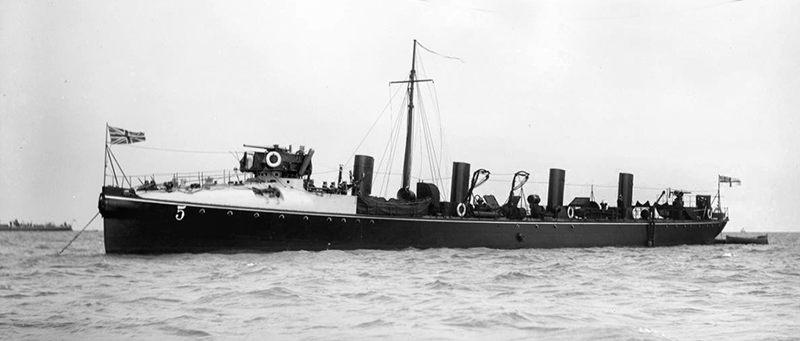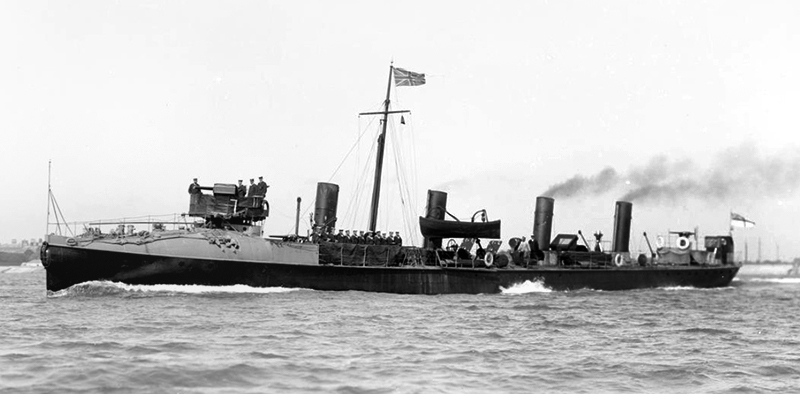
NAVYPEDIA
 Support the project with paypal
Support the project with paypal
Photo

Lynx
Ships
| Name | No | Yard No | Builder | Laid down | Launched | Comp | Fate |
|---|---|---|---|---|---|---|---|
| Ferret | 596 | Laird, Birkenhead | 7.1893 | 9.12.1893 | 3.1895 | test vessel 12.1908 | |
| Lynx | 597 | Laird, Birkenhead | 7.1893 | 24.1.1894 | 8.1895 | sold 4.1912 |
Technical data
| Displacement normal, t | 300 |
|---|---|
| Displacement full, t | 350 |
| Length, m | 60.1 oa 59.4 pp |
| Breadth, m | 6.04 |
| Draught, m | 2.74 |
| No of shafts | 2 |
| Machinery | 2 3-cyl VTE, 4 Normand boilers |
| Power, h. p. | 4475 |
| Max speed, kts | 27.2 |
| Fuel, t | coal 58 |
| Endurance, nm(kts) | 1155(11) |
| Armament | 1 x 1 - 76/40 12pdr 12cwt QF Mk I, 3 x 1 - 57/40 6pdr Hotchkiss Mk I, 1 - 450 TT (bow aw), 2 x 1 - 450 TT |
| Complement | 46 |
Standard scale images

Lynx 1897
Graphics
Project history
The first 5 destroyers were 26-knotters with an armament of 3-450mm TT (one fixed bow tube, two single deck tubes), 1 76mm and 3 57mm. This was the armament carried, but provision was made for landing the two deck tubes and replacing them by an extra 2 57mm if they were to be used entirely for anti-torpedo boat work. All these destroyers had twin shafts and triple expansion engines, though the Thornycroft boats had a special four cylinder triple expansion design.
Whilst not specializing in building torpedo boats, Laird had already had some success in building torpedo vessels and were a logical choice to follow Thornycroft and Yarrow in laying down destroyers. They produced a four funnelled design with French-designed (Normand) boilers.
Modernizations
1900, both: - 1 - 450 TT (without spare torpedoes)
1902, Lynx; 1906, Ferret: - 2 x 1 - 450 TT; + 2 x 1 - 57/40 6pdr Hotchkiss Mk I
Naval service
In 1907 Ferret was surveyed and found to be worn out, in December 1908 she was used in experiments, charging boom defences before being dismantled at Chatham in 1910. In 1911 she was sunk as a target. Lynx was used for tests since 1902.
 HOME
HOME FIGHTING SHIPS OF THE WORLD
FIGHTING SHIPS OF THE WORLD UNITED KINGDOM
UNITED KINGDOM TORPEDO SHIPS
TORPEDO SHIPS Laird 26-knots destroyers, 1893 order (FERRET) (2, 1895)
Laird 26-knots destroyers, 1893 order (FERRET) (2, 1895)

